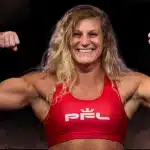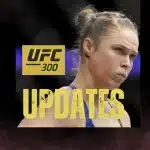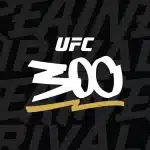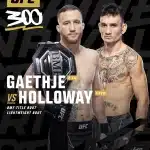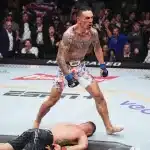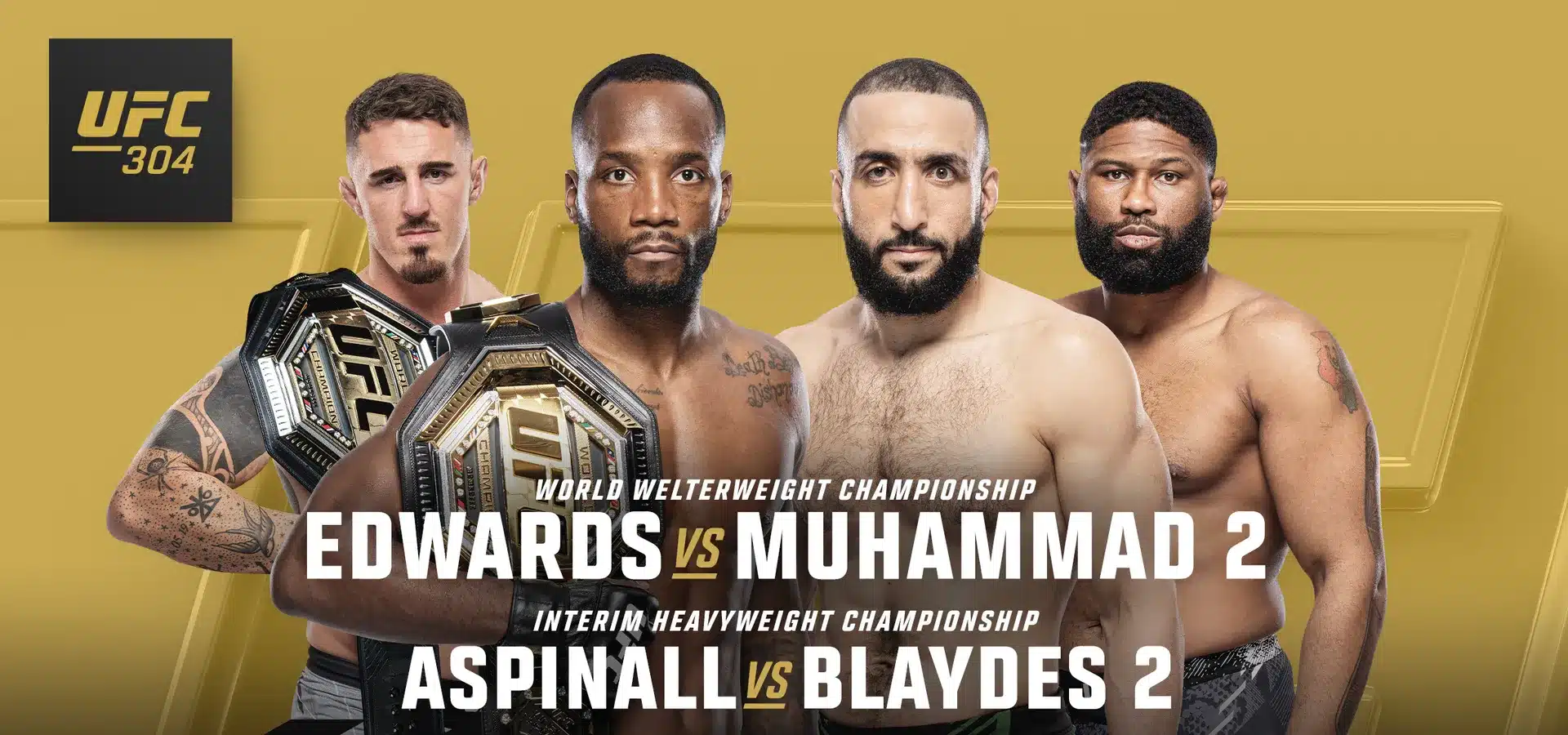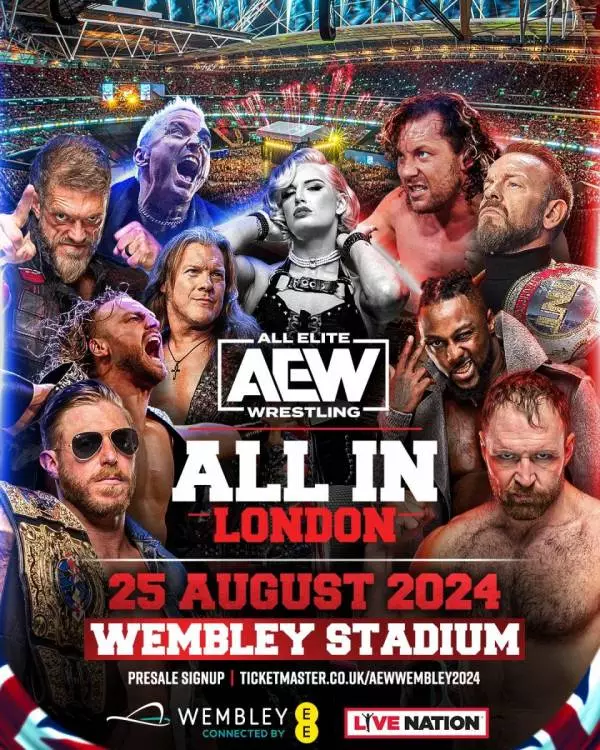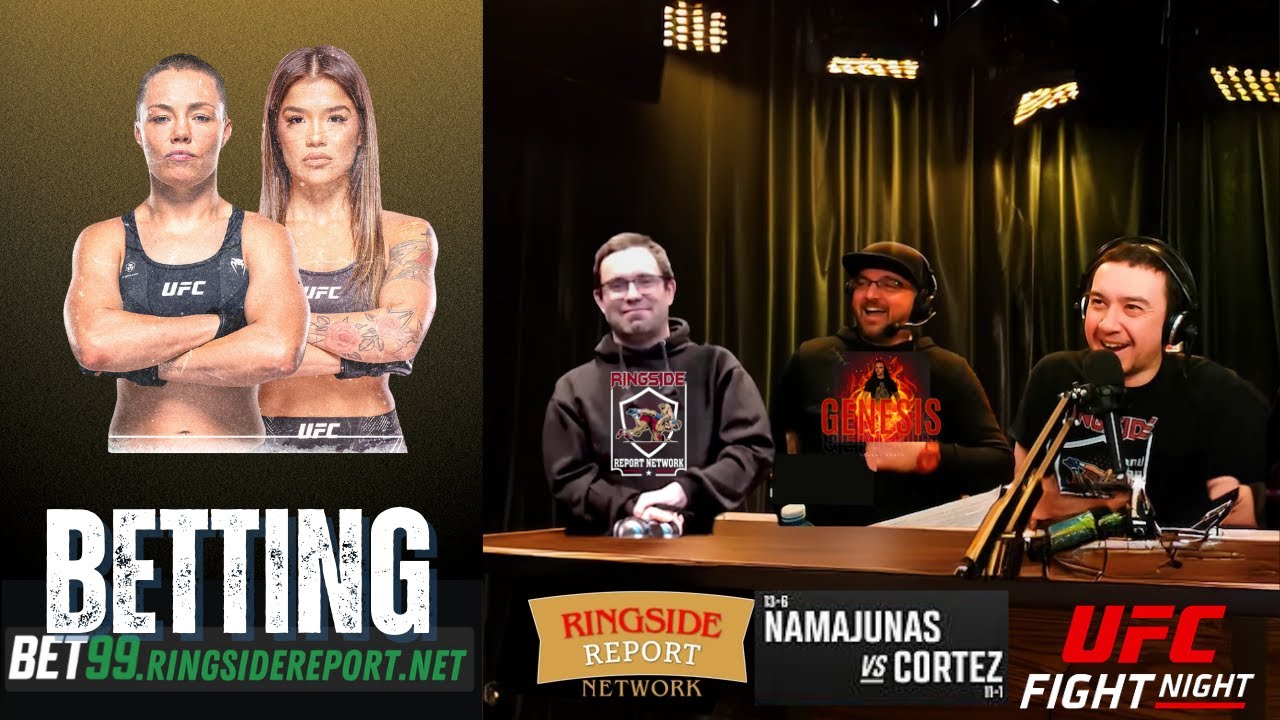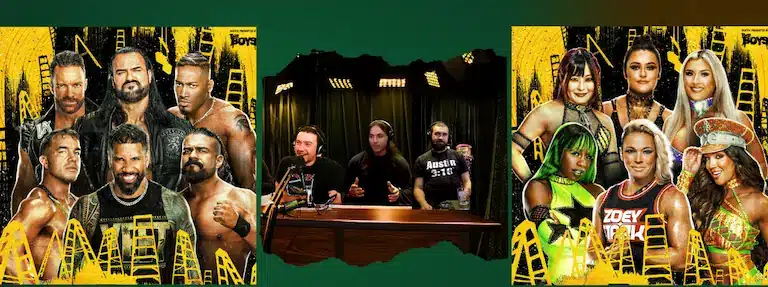With the latest UFC 300 fight card additions, the Ultimate Fighting Championship approaches its landmark event, the new bouts reflect the unpredictable nature of the sport, with several noteworthy bouts being added while others face cancellation. The signing of Kayla Harrison, a dominant force in the Professional Fighters League (PFL), introduces a compelling narrative as she is set to face the accomplished Holly Holm, setting the stage for a potential paradigm shift in the women’s division.
Meanwhile, the buzz around Max Holloway’s determination to overcome Justin Gaethje’s formidable challenge speaks to the relentless spirit of competition that defines the UFC. On the flip side, the anticipation surrounding Tom Aspinall’s clash with heavyweight stalwart Stipe Miocic dissipates due to unforeseen circumstances, just as Israel Adesanya’s anticipated bout with Dricus Du Plessis is put on hold, recalibrating the event’s landscape.
These developments, alongside speculation about the future of contenders like Sean Strickland and the enigmatic Jon Jones, underscore a complex tapestry of athletic ambition and strategic matchmaking. As the UFC continues to adjust its 300th marquee event, the implications for the fighters and the broader implications for the divisions they represent beckon enthusiasts to stay attuned to the unfolding narratives and the reshaping of the card’s final form.
Table of Contents UFC 300 Fight Card Additions
Ringside Report MMA Can-Shaped Glass
Unleash the Fighter Within! Discover the Ultimate MMA-inspired glass—More Than Just a Drink, it’s a Ringside Experience! Limited Edition Available—get Your Ringside Report MMA Can-Shaped Glass Before They’re Gone!
UFC 300 Fight Card Additions Key Takeaways
- Kayla Harrison’s highly anticipated UFC debut against Holly Holm at UFC 300 is a major event in the MMA world.
- Chimaev is determined to secure a title fight at UFC 300 and wants to face Du Plessis.
- Pennington, the reigning bantamweight champion, is expected to defend her title against Julianna Peña in her first defence.
- Du Plessis’ rise in the middleweight rankings and impressive performances have gained recognition in the MMA community.
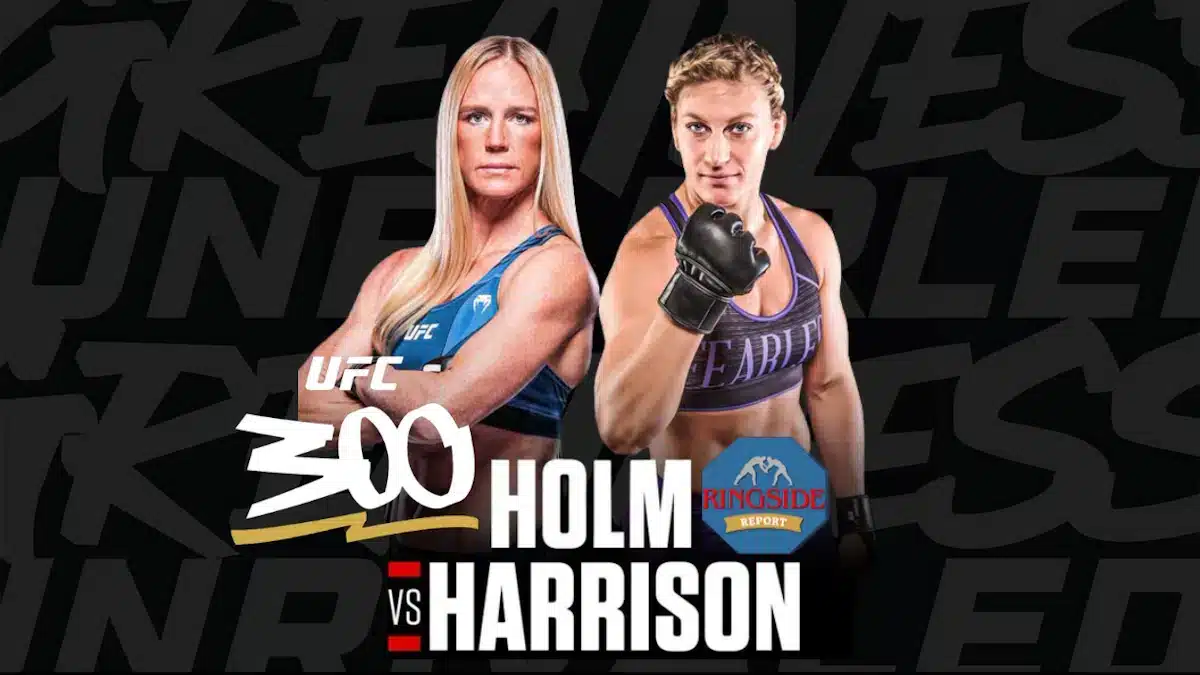
UFC signs Kayla Harrison from PFL will fight Holly Holm at UFC 300
A top UFC 300 fight card addition is The signing of two-time PFL champion Kayla Harrison by the UFC, which sets the stage for a highly anticipated bantamweight showdown with former champion Holly Holm at the landmark UFC 300 event. This bout marks Harrison’s UFC debut and her first foray into the bantamweight division, a significant move given her history of competing at heavier weights in PFL. The transition challenges Harrison to translate her dominant grappling and imposing strength, honed in the 145-pound to 155-pound range, to a lighter class where Holm’s striking prowess and agility have previously reigned supreme.
Analytically, this matchup presents a compelling stylistic contrast. Harrison’s judo pedigree and ground acumen will be pitted against the crisp boxing and kickboxing skills that propelled Holm to dethrone Ronda Rousey. Holm’s experience in the UFC’s octagon and a nuanced understanding of the bantamweight landscape give her strategic depth. Yet, Harrison’s robust 16-1 record and indomitable competitive spirit suggest a formidable challenge for the seasoned Holm. As UFC 300 approaches, the MMA community eagerly anticipates how these athletes’ legacies will evolve in this high-stakes encounter.
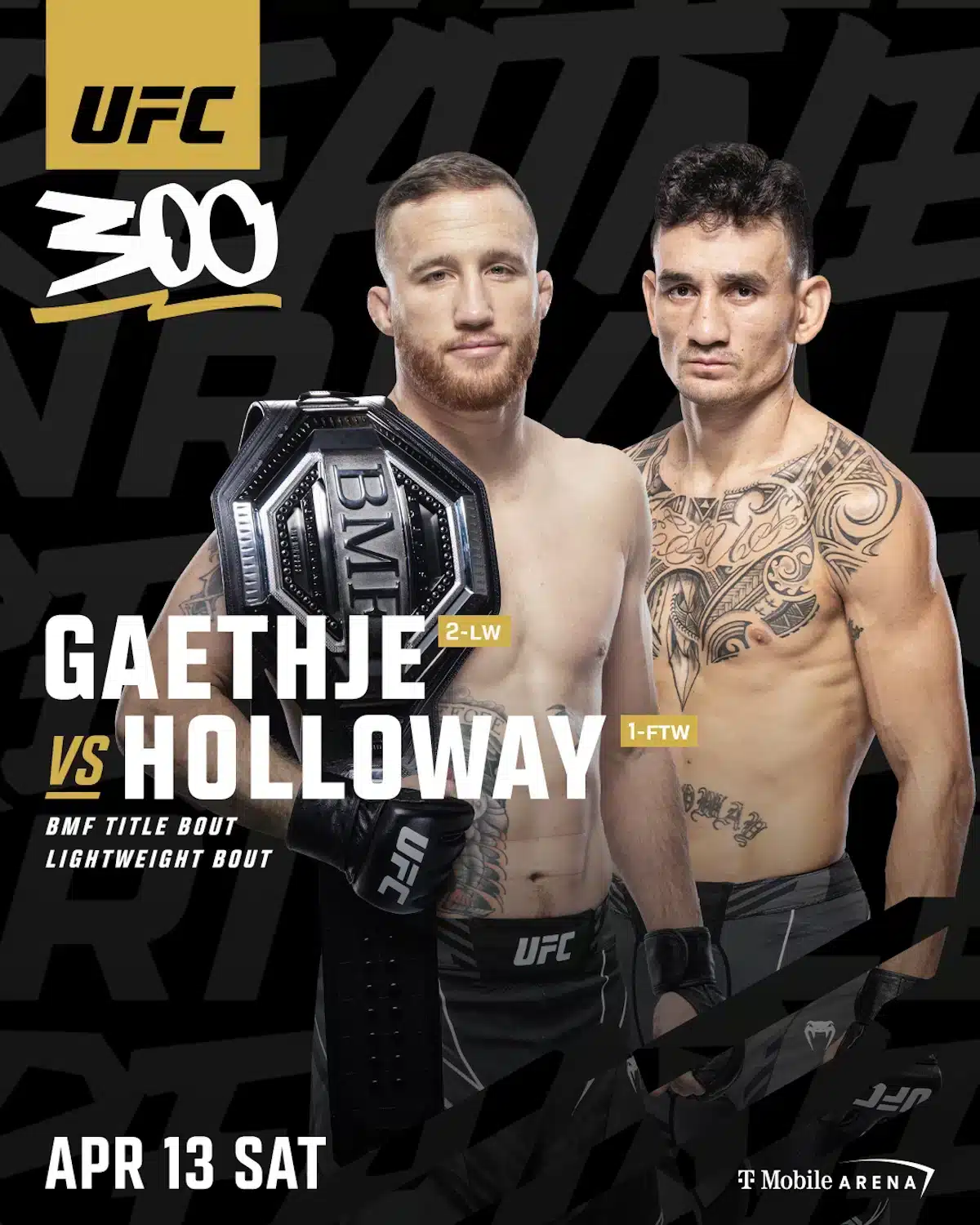
Holloway is looking forward to beating Justin Gaethje at UFC 300
While Kayla Harrison’s high-profile UFC debut against Holly Holm at UFC 300 captures significant attention, Max Holloway’s resolve to secure a victory over Justin Gaethje on the same card underscores the event’s potential to redefine rankings and legacy in the Lightweight division. As Holloway steps into the octagon with Gaethje, the stakes are magnified by the BMF title—a prize that symbolizes sheer tenacity and Mixed Martial Arts warrior ethos.
Holloway’s willingness to clash with a fierce competitor like Gaethje reflects a strategic calculation to elevate his status within the UFC. A former Featherweight champion, Holloway’s aspirations in the Lightweight division materialize as a compelling narrative, where a victory could catapult him into title contention. Conversely, Gaethje’s reputation for engaging in high-octane battles sets the stage for a classic confrontation.
The analytical lens through which we view this bout must appreciate the contrasting styles of both fighters. Holloway’s precision striking and cardio versus Gaethje’s power and aggression promise a riveting contest. UFC 300 not only hosts a battle between two elite fighters but also a pivotal moment that could alter the trajectory of their careers, defining their standing in the annals of the UFC.
Tom Aspinall will not fight Stipe Miocic at UFC 300
In a surprising turn of events, Tom Aspinall’s highly anticipated bout against Stipe Miocic has been removed from the UFC 300 fight card, leaving fans to speculate on the implications for the heavyweight division’s landscape. The cancellation of this fight disrupts the trajectory of Tom Aspinall’s rise within the UFC ranks and raises questions about the plans for the veteran fighter Stipe Miocic.
Analyzing the impact of this development, the following table presents some key aspects to consider:
| Aspect | Implication |
|---|---|
| Division Momentum | Aspinall’s absence halts a potential shake-up in the heavyweight rankings. |
| Miocic’s Career | The UFC must reassess the division’s matchmaking to maintain its competitive integrity. |
| Matchmaking Options | The UFC must now reassess the division’s matchmaking to maintain its competitive integrity. |
| Fan Expectation | The anticipation for UFC 300 takes a hit, requiring the promotion to find a suitable replacement to keep interest high. |
The decision for Aspinall and Miocic not to fight at UFC 300 prompts a strategic reevaluation from the UFC’s matchmaking team. As they work to fill the void left by this bout’s cancellation, the ripple effects will surely be felt across the heavyweight division.
Isreal Adesanya not ready to face Dricus Du Plessis at UFC 300
Despite high expectations, Israel Adesanya will not be ready to compete against Dricus Du Plessis at UFC 300, which has implications for the middleweight division and Adesanya’s contention trajectory. The absence of a fighter of Adesanya’s calibre from such a landmark event raises questions about the state of the division and the potential reshuffling of contenders. Adesanya, a striking maestro with a reputation for clinical precision, has been a dominant force within the UFC’s middleweight ranks. His unavailability for UFC 300 opens a void that other fighters, such as Sean Strickland and Khamzat Chimaev, might look to exploit.
Strickland, known for his gritty and relentless style, could leverage this opportunity to climb higher up the ladder, asserting himself as a potential adversary for Du Plessis. Meanwhile, Chimaev’s unabashed ambition and explosive rise through the UFC could see him angle for a pivot into the middleweight spotlight. With Adesanya momentarily on the sidelines, the strategic landscape shifts, allowing emergent talents to stake their claim. The resulting dynamic underscores the UFC’s ever-evolving narrative, where its athletes’ readiness and fortunes can instantly alter the competitive hierarchy.
After Strickland’s loss to Du Plessis at UFC 297, who next for Strickland
Following his defeat at the hands of Dricus Du Plessis at UFC 297by decision, Sean Strickland faces a pivotal moment in his career as he considers potential opponents for his path back to contention. The middleweight landscape is teeming with talent, and the right matchup is critical for Strickland to regain his footing in the division’s elite echelon. His next fight must showcase his resilience and adaptability after a setback.
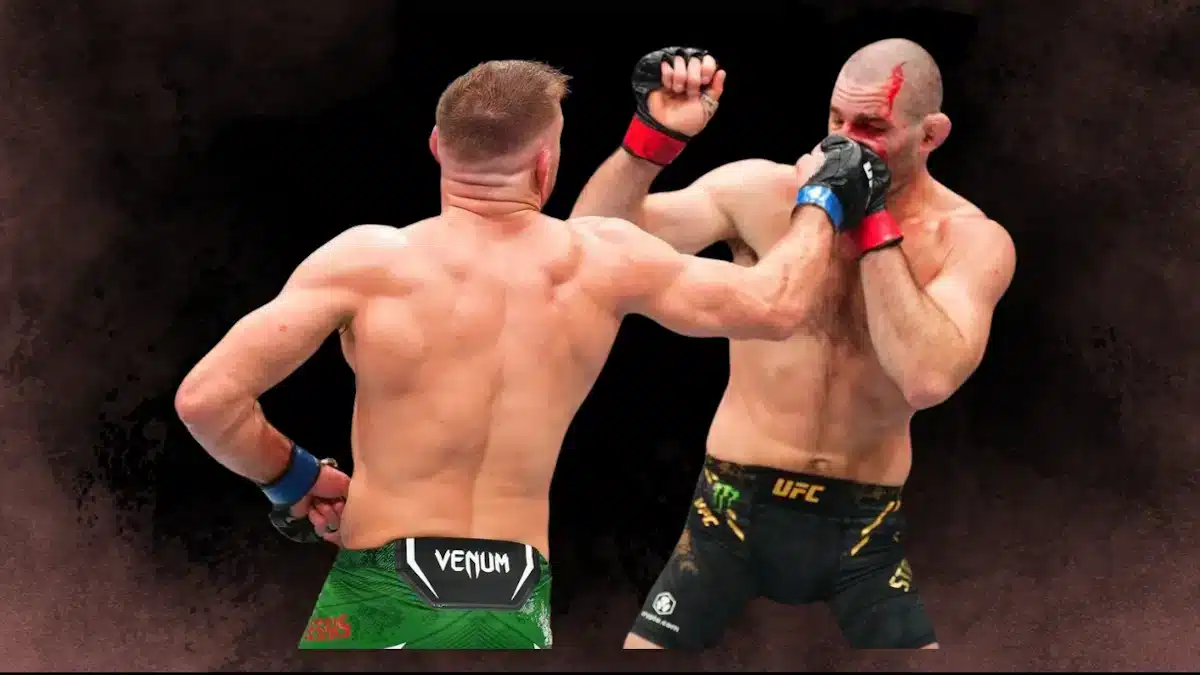
An analytical look at the division presents a few viable candidates for Strickland’s comeback. His fighting style, marked by his striking prowess and tenacity, will be a key factor in determining the most suitable opponent to challenge and allow him to demonstrate his improvements.
Here’s a concise overview of potential matchups:
| Opponent | Rank | Reason for Matchup |
|---|---|---|
| Jack Hermansson | Top 10 | Tested veteran, stylistic challenge |
| Uriah Hall | Top 15 | Striking duel, fan-friendly fight |
| Kevin Holland | Unranked | Opportunity for redemption |
| Brad Tavares | Top 15 | Experience vs. grit, tactical bout |
| Darren Till | Top 15 | High-profile opponent, striking chess match |
These names align with Strickland’s need for a competitive fight and offer the fans intriguing stylistic matchups. The opponent’s choice will be instrumental in shaping Strickland’s future trajectory within the UFC’s middleweight division.
What About Jon Jones?
Amidst the ever-evolving landscape of the UFC’s heavyweight division, the question looms: where does Jon Jones fit into the current title picture after his recent hiatus from the octagon? Jon Jones, a dominant force in the light heavyweight class, has long been anticipated to make a significant impact upon his entry into the heavyweight rankings. His absence, however, has left a void that others have been quick to fill, with contenders and new champions rising to prominence.
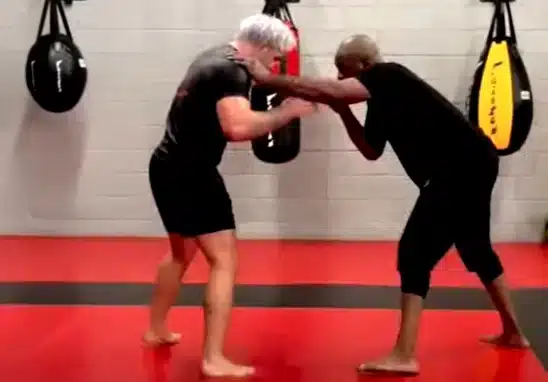
Jones’s return is not just a matter of when but also a matter of strategic placement within the division. Given his pedigree, one would assume an immediate title shot would be warranted. Yet, the UFC must balance its ranking system’s integrity with its fights’ marketability. Jones’s long-standing legacy within the organization suggests that his insertion into the title conversation is inevitable, but the buildup to such a marquee matchup requires careful orchestration.
The UFC’s decision-makers are likely analyzing potential opponents, considering fan interest and the competitive landscape to maximize the impact of Jones’s return. With each passing event, the anticipation builds, and the narrative around his eventual comeback continues to evolve, creating a palpable tension and excitement for when the prodigal son of the UFC finally steps back into the limelight.
Other Possible Matchups
In the current UFC landscape, several intriguing matchups beyond the highly anticipated UFC 300 card present opportunities for dynamic clashes and potential shifts in divisional hierarchies. As fighters ascend through the ranks, the strategic interplay of skills, momentum, and matchmaking becomes increasingly crucial in shaping the future of each weight class.
One can discern patterns and trajectories that may define the next set of contenders by analyzing the potential matchups. For instance, the outcome of Harrison’s bantamweight debut could propel her toward the upper echelons of the division or serve as a firm reality check against UFC-caliber opposition.
Here’s a glance at some other possible matchups that could influence divisional standings:
| Fighter A | Fighter B |
|---|---|
| Khamzat Chimaev | Du Plessis |
| Raquel Pennington | Julianna Peña |
| Max Holloway | Featherweight Title Contender |
| Rising Middleweight | Established Contender |
| Newcomer | Veteran Gatekeeper |
Each pairing encapsulates a critical question mark in their respective narratives—whether it’s Chimaev’s title aspirations, Pennington’s championship legitimacy, or Holloway’s potential resurgence in a different weight class. The outcomes of these bouts will shape individual careers and the intricate tapestry of the UFC’s competitive landscape.
UFC 298 and UFC 299 Card Updates
As the UFC 298 and UFC 299 events approach, updates to their respective fight cards showcase a series of pivotal matches expected to have significant implications for the rankings and title contention scenarios within various divisions. At UFC 298, the strawweight bout between Amanda Lemos and Mackenzie Dern could potentially determine the next title challenger, as both fighters have been hovering near the top of the rankings with their impressive grappling credentials and recent victories. Middleweight competitors Anthony Hernandez and Roman Kopylov will clash, with both looking to climb the ranks and enter the conversation for higher-profile bouts.
Moving on to UFC 299, the anticipation is palpable as the bantamweight division sees action with Rinya Nakamura taking on Carlos Vera. Nakamura’s rapid ascent in the division places him in a position to break into the upper echelon with a decisive victory. The outcomes of these fights are crucial, not just for the athletes involved, but for the shifting dynamics within their divisions. As contenders emerge and rivalries intensify, the landscape of the UFC is poised for significant shifts, underscoring the importance of every match on the road to UFC 300.

Conclusion
UFC 300 represents a vibrant patchwork of ambition and legacy in the grand tapestry of mixed martial arts. The event, a crucible for the determination and prowess of its combatants, weaves together the narratives of newcomers and icons alike. With each thread of change—the fresh matchups announced in the UFC 300 fight card additions and the unravelling of anticipated bouts—the fabric of this milestone event becomes richer, reflecting the ever-evolving nature of the sport and its enduring spectacle.


